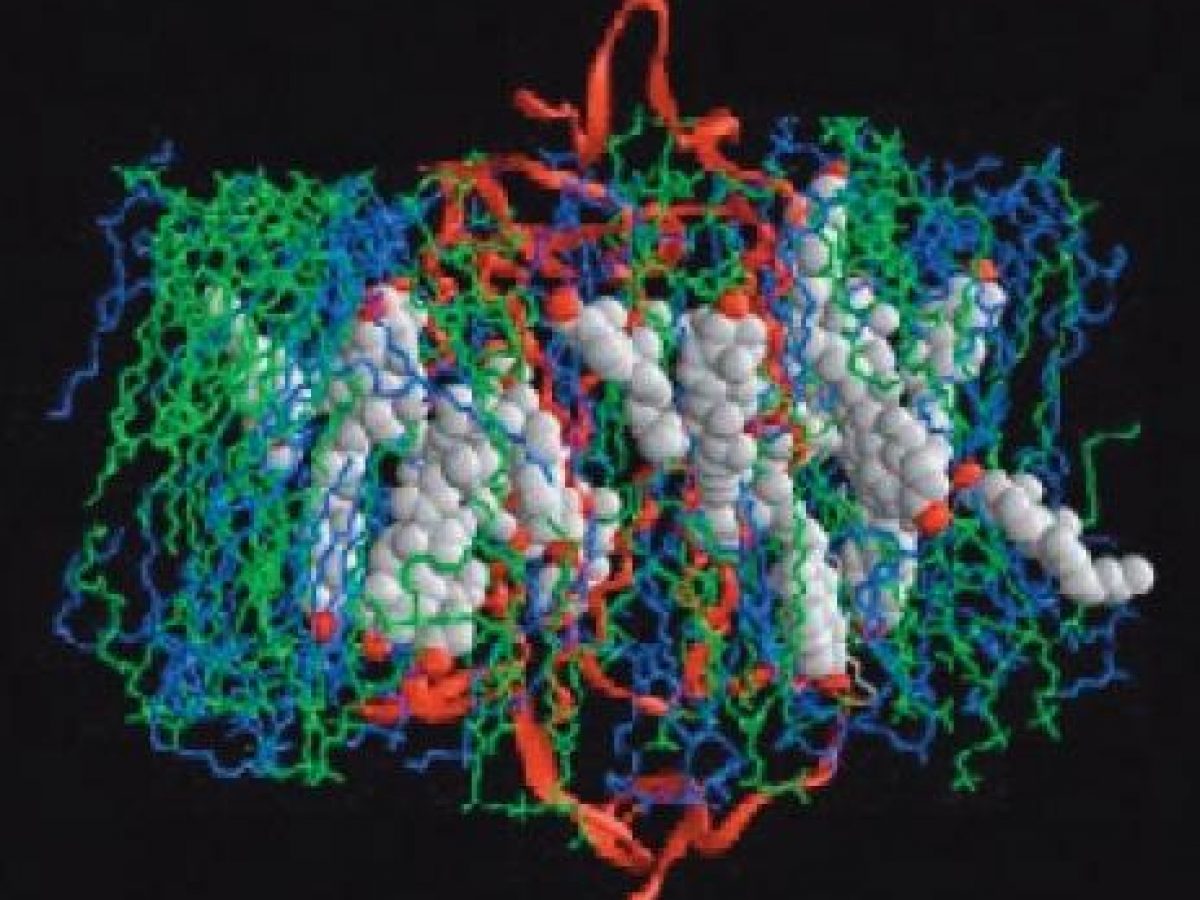
Domain Therapeutics describes the use of bioluminescence resonance energy transfer biosensors and tag-free G protein–coupled receptors to identify next-gen therapeutics
G protein–coupled receptors (GPCRs) play crucial roles in the regulation of a wide variety of physiological processes and represent one-third of targets with clinically prescribed drugs. Yet, it remains the case that currently approved drugs act at only ~16% of the GPCRome.1 Expanding the therapeutic GPCR target space will require the development of innovative screening approaches that incorporate novel concepts in GPCR biology and pharmacology.
Classically, GPCR-mediated signal transduction was thought to occur via linear signaling pathways, with a given GPCR selectively engaging a single heterotrimeric G protein family defined by the sequence and function of the Gα subunit. The human genome codes for 16 Gα proteins that are divided into four major families (Gαs, Gαi/o, Gαq/11, and Gα12/13). Following activation, these proteins each engage different downstream effectors that ultimately provoke different signaling (and thus biological) outcomes.
Two key complementary discoveries in the last decade, namely pluridimensional efficacy and biased agonism,2,3 have revolutionized our understanding of GPCR biology and the pharmacology of ligands targeting these receptors. Contrary to the classical view of GPCR signaling, it is now evident that these receptors can exist in multiple active (that is, “on”) states and engage multiple (potentially cross-talking) downstream signaling cascades by directly coupling to both heterotrimeric G proteins and non-G protein effectors (β-arrestins). Further, a given drug acting on a receptor can display different (sometimes reversed) efficacies toward the various pathways coupled to the receptor. Drug efficacy is thus considered to be a pluridimensional parameter.
An extension of this observation is described by the concept of biased agonism (or functional selectivity), which posits that structurally dissimilar ligands can stabilize unique receptor conformations with each conformation differentially coupling to downstream effectors. Accordingly, different ligands of a given receptor may impart distinct signaling attributes (or “signatures”) and biological properties to the receptor.
The promise of biased agonism lies in its applicability for the development of GPCR ligands that selectively engage pathways with therapeutic benefit while inhibiting or remaining inactive toward those producing deleterious outcomes. Ultimately, biased ligands may display superior therapeutic profiles in many disease areas and indications.
To fully explore the potential of functional selectivity in drug discovery and development, it becomes essential to have high-throughput screening (HTS) technologies enabling an exhaustive sampling of the various effectors that can be engaged by a given receptor, providing receptor- and ultimately ligand-specific signaling signatures. Yet, current high-throughput methodologies used for GPCR and ligand signaling profiling largely involve the measurement of second messenger production (that is, inositol phosphate (IP), Ca2+, cAMP). Many of these receptor-distal readouts rely on biological responses that can be modulated by multiple (often cross-talking) downstream signaling pathways. Consequently, second messenger levels alone are not directly indicative of a ligand’s activity or efficacy on a specific heterotrimeric G protein pathway, and their use for ligand profiling may thus lead to an incomplete view about a ligand’s signaling signature.